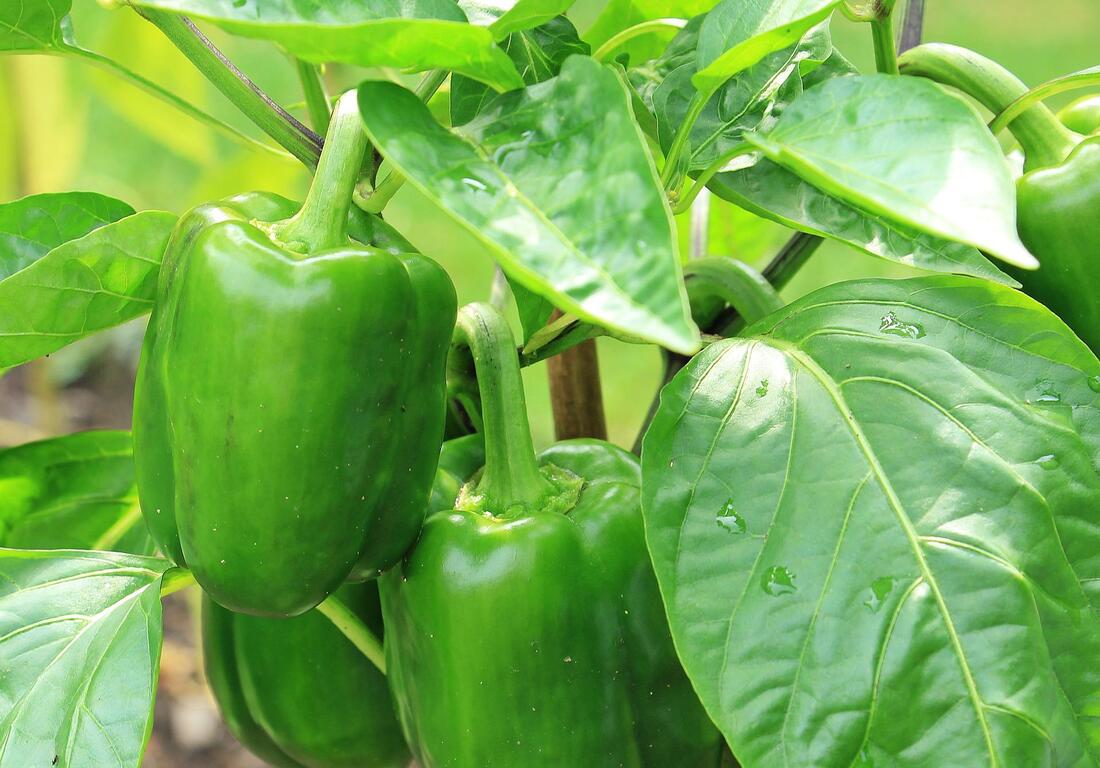How to Grow and Care for Peppers
Northern gardens with short cool summers aren't ideal for growing peppers, but it can be done. The trick is doing what you know works and not what gardening experts who have never stepped foot in your area tell you should work.
Before I continue, let me say that I have the utmost respect for horticulturists who have devoted their lives to providing gardeners with useful information. Extension offices such as Cornell, the University of Illinois, and Clemson University provide valuable resources for gardeners, but there are times when their advice simply may not work in your Maine garden. Growing peppers may be one of those times.
Before I continue, let me say that I have the utmost respect for horticulturists who have devoted their lives to providing gardeners with useful information. Extension offices such as Cornell, the University of Illinois, and Clemson University provide valuable resources for gardeners, but there are times when their advice simply may not work in your Maine garden. Growing peppers may be one of those times.
What kind of soil do peppers need?
Peppers prefer sandy, loamy soil with a pH between 6.0 and 7.0. It is vital the soil drains well and does not contain too much clay particles. The goal is to keep the soil moist, but not soggy. Soils high in clay may retain too much water leading to root rot.
For peppers grown in buckets a mixture of one part garden loam or all-purpose potting soil, one part compost or well-rotted manure, and one part peat moss works well. You can add some perlite to the mixture to lighten it and help promote good drainage if preferred.
For peppers grown in buckets a mixture of one part garden loam or all-purpose potting soil, one part compost or well-rotted manure, and one part peat moss works well. You can add some perlite to the mixture to lighten it and help promote good drainage if preferred.
Do peppers need a lot of sunlight?
Peppers do best in full sun for 6 to 8 hours a day, but will tolerate full-day sun. Too little sunlight will inhibit the growth of your peppers. Plant them in a sunny location that gets at least 6 hours of direct sunlight a day.
How far apart should you plant peppers?
Many resources state you should plant peppers 18 to 24 inches apart. From my experience with growing peppers in my Maine garden, they do better when planted closer together. Because the season is short in northern gardens and temperatures typically remain cool until mid to late summer, peppers do not generally reach their expected height at maturity.
I find peppers do best if planted close enough so their foliage touches when they are mature. In my garden, spacing them 8 to 10 inches apart is ideal. Group your peppers in clusters of three to make an attractive planting.
I find peppers do best if planted close enough so their foliage touches when they are mature. In my garden, spacing them 8 to 10 inches apart is ideal. Group your peppers in clusters of three to make an attractive planting.
How much water do peppers need?
Peppers need an inch of rain a week and do best in evenly moist soil. Water your peppers deeply once or twice a week or whenever the soil feels dry 1 inch below the surface. It is essential to water your peppers enough to prevent wilting, says AgriLife Extension. Wilting in peppers can weaken the plants and reduce both yield and quality of the fruit.
You may need to water peppers in buckets or containers every day during hot, dry spells in the summer. Always check the moisture level in the soil and water them accordingly.
You may need to water peppers in buckets or containers every day during hot, dry spells in the summer. Always check the moisture level in the soil and water them accordingly.
How do you fertilize peppers?
Fertilize your peppers with 10-10-10 fertilizer when you transplant the seedlings in the spring. Sprinkle 2 tablespoons of fertilzer in the planting hole and mix it in with the existing soil.
Fertilize your peppers again when they are ready to set fruit. Peppers grown in containers or buckets benefit from water-soluble fertilizer applyed every 10 to 14 days.
Fertilize your peppers again when they are ready to set fruit. Peppers grown in containers or buckets benefit from water-soluble fertilizer applyed every 10 to 14 days.
Can you grow peppers in buckets?
Many gardeners find success in growing peppers in 5-gallon buckets. Plant 3 pepper plants per bucket and place them in a sunny location. Placing the buckets near the foundation of your home is an excellent way to give these heat-loving plants a boost.
